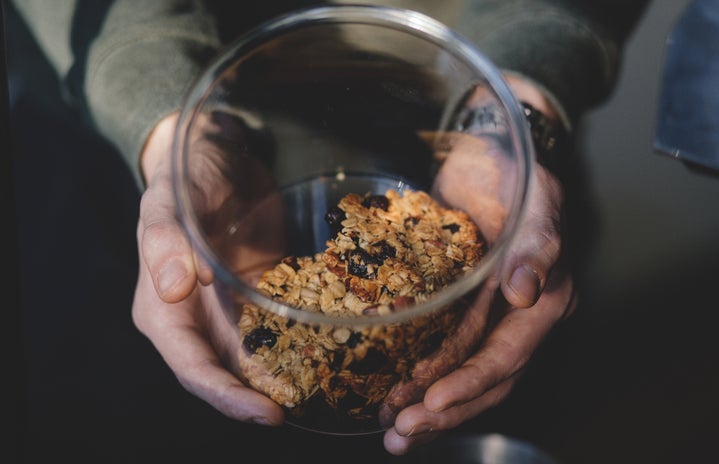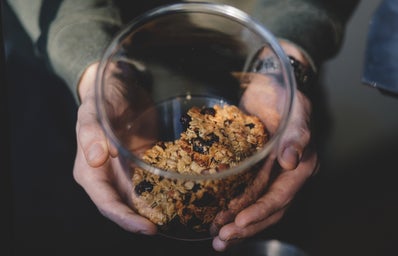I had never had an apple cider donut before I came to Columbia. Seattleites, despite our proximity to a wealth of apple orchards, just don’t have the same sort of exposure to this fall treat as our Northeastern friends do. Best enjoyed after a long day of apple picking in October or November, these donuts have become one of my favorite New York snacks. Making apple cider donuts at home is incredibly satisfying (truly the miracle of life), but you can also buy them for about a dollar apiece every Thursday and Sunday at the apple stand in the Broadway farmer’s market.
Adapted from Deb Perelman at Smitten Kitchen
Yield: 18 3-inch donuts and 18 1-inch donut holes
Donuts:
- 3 1/2 cup flour (plus extra for shaping the donuts)
- 2 teaspoons baking powder
- 1 teaspoon baking soda
- 1 teaspoon ground cinnamon
- 1/2 teaspoon salt
- 1/4 teaspoon nutmeg
- 4 tablespoons (1/2 a stick) of unsalted butter, softened
- 1 cup granulated sugar
- 2 large eggs
- 1/2 cup buttermilk
- 1/4 cup apple cider
- Oil or shortening for frying (see Note)
Topping:
- 1 cup granulated sugar
- 1 1/2 tablespoons cinnamon
- Combine the flour, baking powder, baking soda, cinnamon, salt and nutmeg in a large mixing bowl and set aside.
- Beat the butter and sugar on high speed with a hand-held mixer until combined. Reduce the speed to medium and add the eggs one at a time until the eggs are completely incorporated. Scrape down the sides of the bowl with a rubber spatula after each addition. Beat in the buttermilk and apple cider. Fold in the flour mixture and mix until no streaks of flour remain.
- Spread a piece of wax paper or parchment paper onto a work surface and dust with flour. Empty the dough onto the paper and press into a rough oval shape about 1/2 inch thick using your hands or a rolling pin. Cut out 3-inch circles and remove a 1-inch circle from each round. Reroll the scraps and repeat. Place the donuts and donut holes on a plate lined with wax paper, separating each layer with another piece of wax paper, and try to fit the plate in your refrigerator. Let chill for 20-30 minutes.
- Meanwhile, in a saucepan over medium heat, heat 3 inches of oil until it reaches 350 degrees (don’t try to guess the temperature—candy thermometers are sold at University Housewares). Line a plate with several layers of paper towels and prepare the topping by whisking together the sugar and cinnamon in a medium bowl. Remove the donuts from the refrigerator.
- Add two or three donuts to the oil using a slotted spoon or a metal spatula. The donuts will float to the surface after a few seconds if the oil is at the appropriate temperature. Fry for 60 seconds, or until golden brown on the bottom, and then flip and continue to fry for 30-60 seconds, or until the other side is golden. Carefully remove the donuts from the oil and drain on the paper towels for a minute. Toss the donuts in the sugar and cinnamon mixture and serve (these are best for about 24 hours if kept at room temperature in a Tupperware).
Oil Note: I used an entire bottle of rice bran oil from Trader Joe’s, but you can also use peanut oil, vegetable oil, or sunflower oil, all of which have high smoke points, meaning they can be heated to higher temperatures before they catch fire. Olive oil, walnut oil, and sesame oil all have lower smoke points and are not stable for deep-frying. Peanut oil is my favorite, but it is expensive and to make donuts, you need a lot. Rice bran oil is a pretty bland, inexpensive option. Crisco works too.
Exotic tools: You will need a candy thermometer and some wax paper or parchment paper, as well as some sort of device to cut out your donuts. I used the rim of a metal cup measure and the cap from my bottle of oil. You could try free handing circles, but that would probably take a lot of time that you don’t have.

